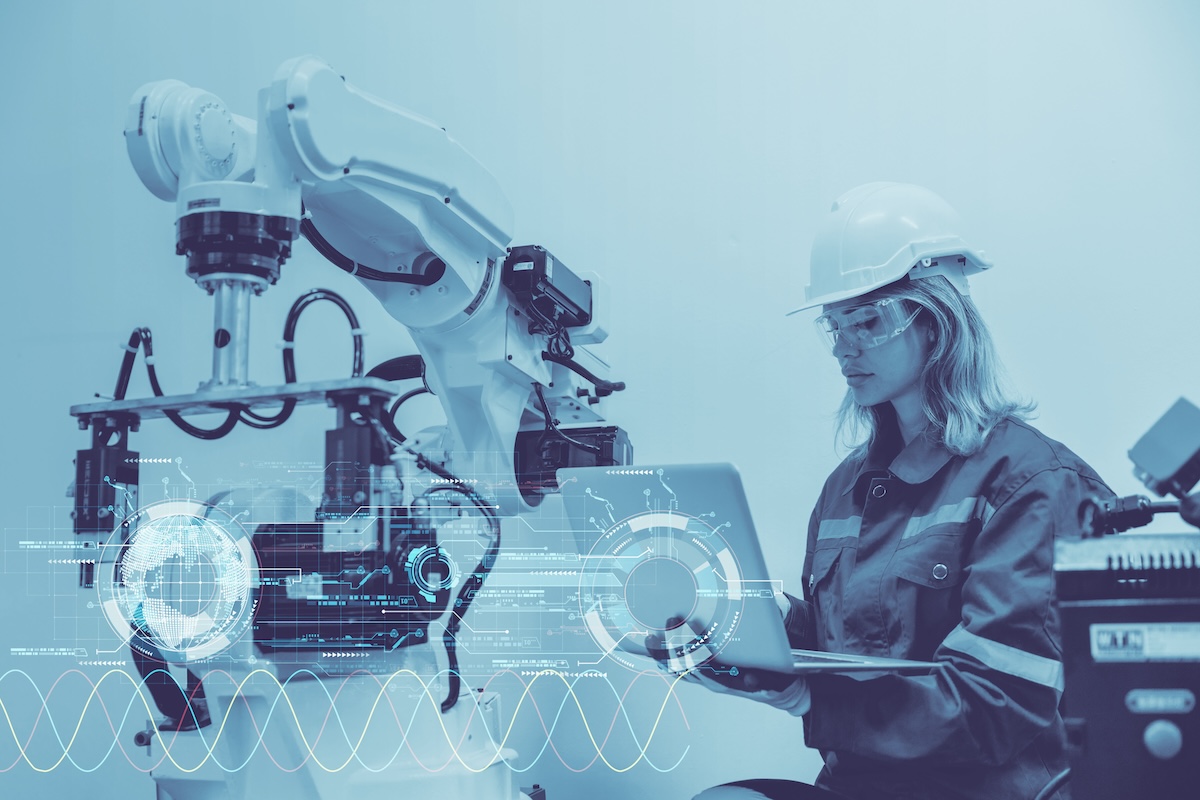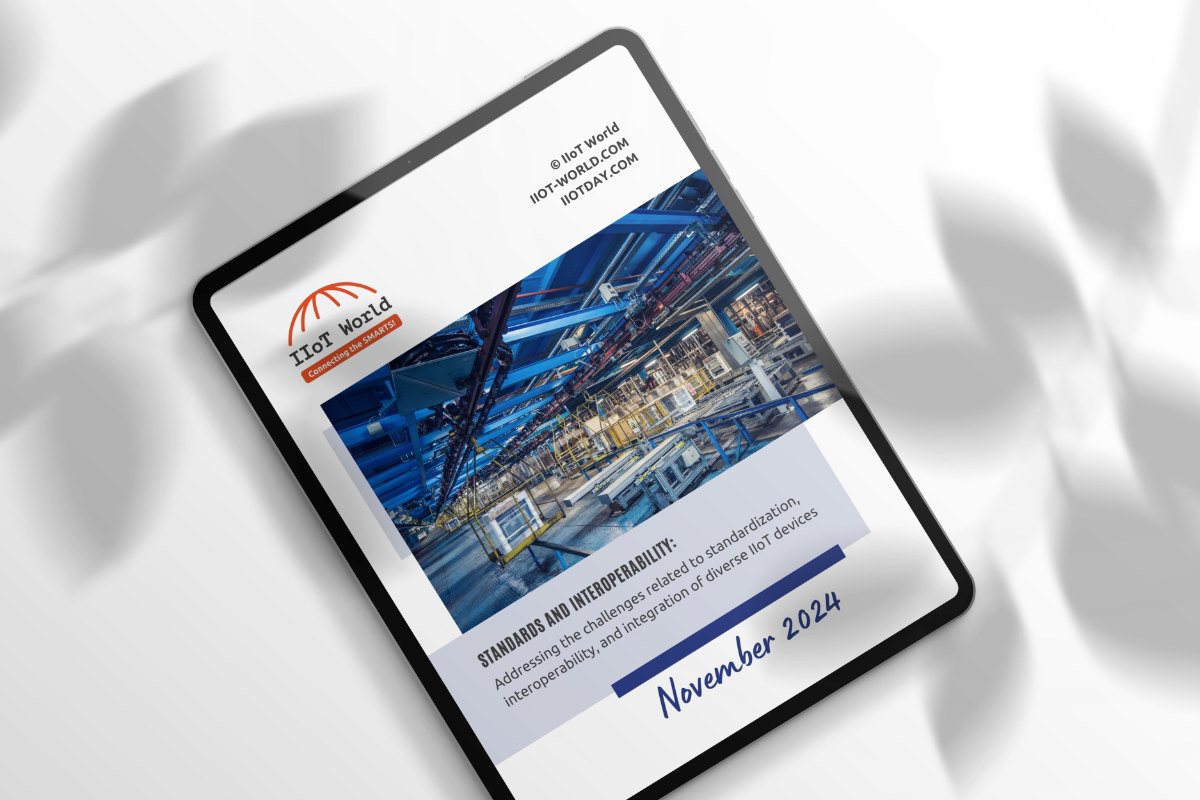Digital transformation in any industry begins with bridging IT and OT (IT / OT integration manufacturing | SPONSORED
To keep up with the speed of digital business, more organizations are looking to bring together information technology, which manages data, and operational technology, which handles manufacturing and industrial equipment. Bridging IT and OT departments can help improve productivity and boost competitiveness.
Integrating IT / OT in any industry
Aside from the commercial pressure to digitize and tap technologies such as artificial intelligence, major drivers of this integration include supply chain disruptions, labor shortages, and the need to improve productivity and prevent cyberattacks.
Organizations need to first work through the growing pains that come with devising a common language and tool sets. Then clear leadership, ongoing collaboration and communication, and a pipeline of workers with cross-disciplinary skills can make an IT/OT merger a reality.
It’s easy to describe IT and OT as different departments with different objectives and cultures, but that results in inefficient, costly setups that fail to foster innovation and standardization.
IT/OT convergence brings benefits that separate these departments can’t provide.
IT/OT convergence benefits
• Real-time decision-making
• Reduction in unplanned downtime
• Lower capital and operational expenses
• Elimination of unneeded hardware and software
• Improved automation and visibility into operational processes
• Improved compliance with regulatory standards
• More efficient energy and resource usage
• More efficient asset management
Download “The way forward: Merging IT and operations” white paper written by MIT Technology Review Insights in association with Hitachi Vantara, to learn about:
– The drivers for IT/OT integration
– The difference between IT and OT personas
– IT/OT convergence in action
– How to bridge the culture gap
More about Challenges of Digital Transformation in Manufacturing
Sponsored by Hitachi Vantara


